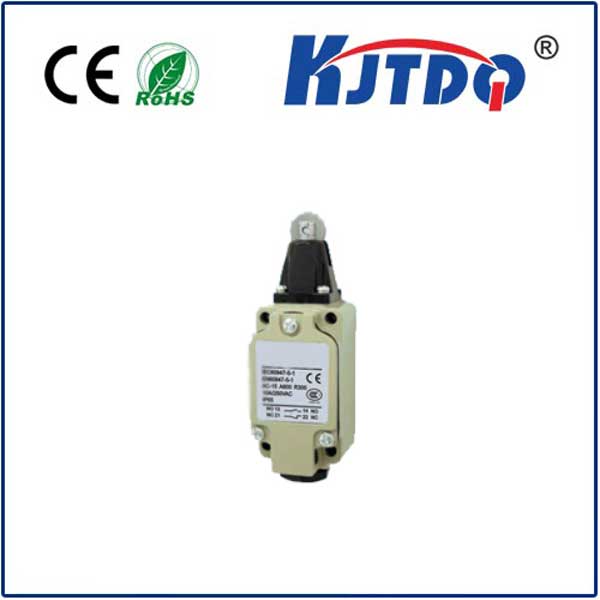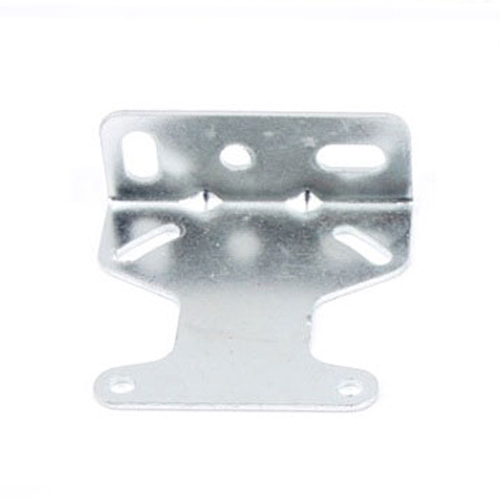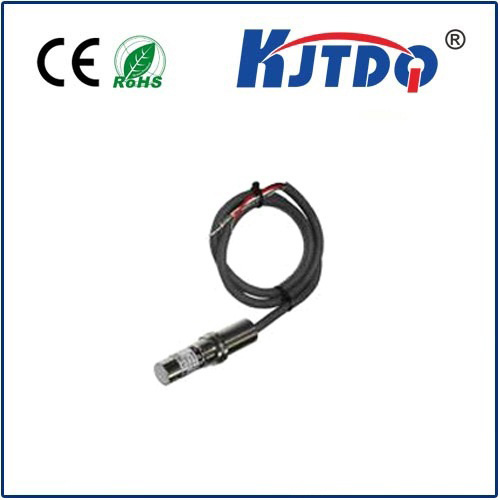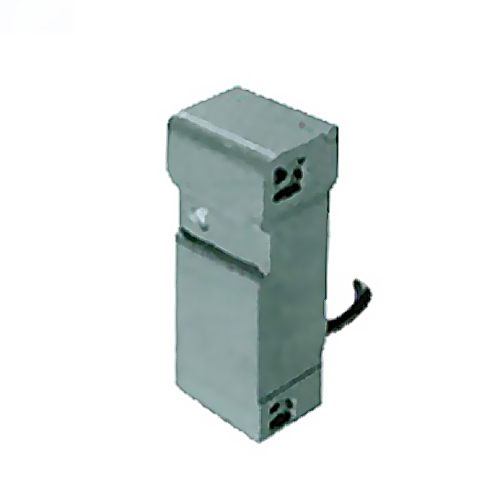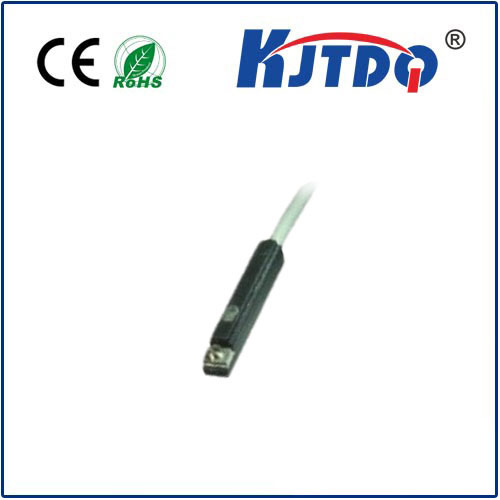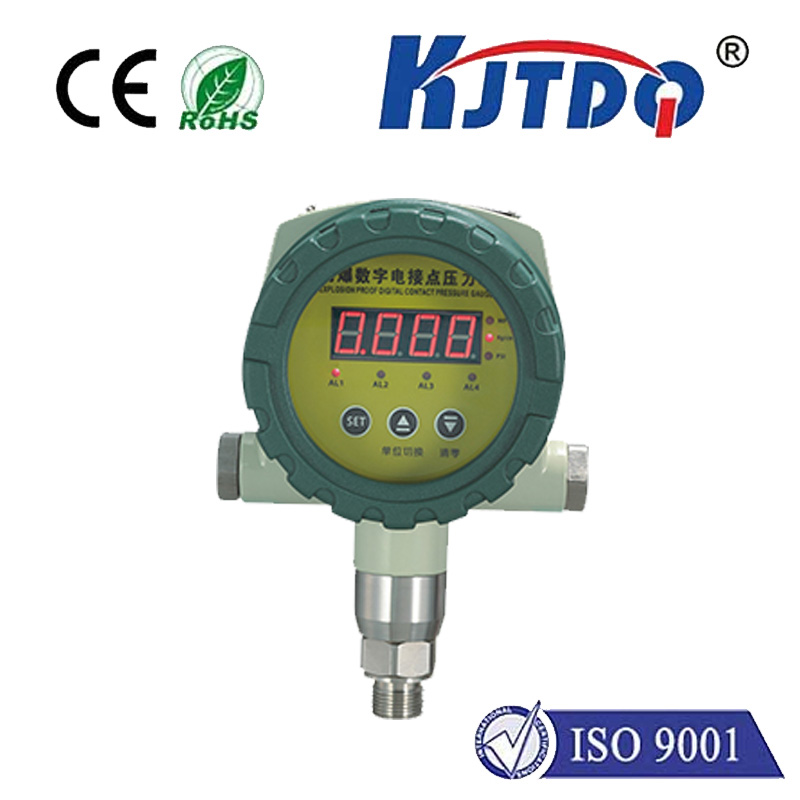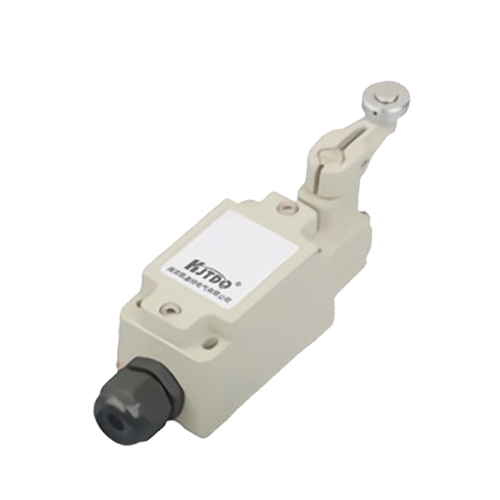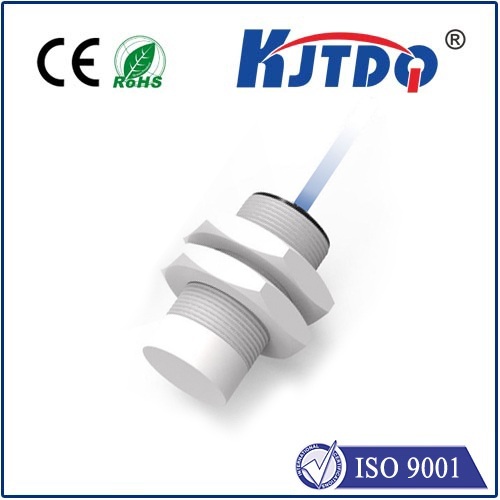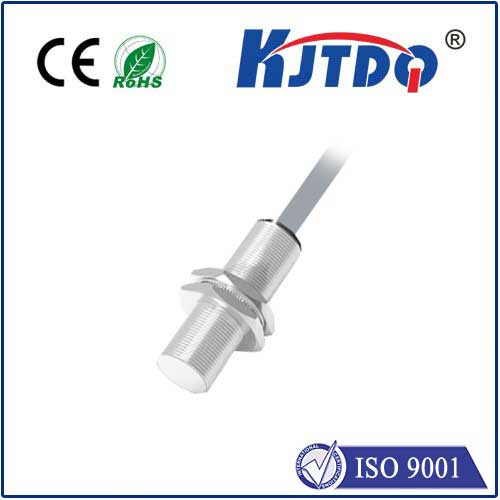optical proximity sensor
- time:2025-09-13 03:58:03
- Click:0
The Unseen Sentinel: Demystifying the Optical Proximity Sensor
Have you ever held your phone to your ear during a call and noticed the screen magically turns off? Or used a faucet that starts flowing water simply by waving your hand beneath it? These seemingly effortless interactions are often orchestrated by a silent, invisible workhorse: the optical proximity sensor (OPS). This ingenious piece of technology acts as a vigilant electronic eye, detecting the presence or absence of nearby objects without any physical contact, fundamentally changing how we interact with countless devices.
Understanding the Core Principle
At its heart, an optical proximity sensor operates on a simple, yet brilliant, principle of light. It primarily consists of two key components:
- An Infrared Light Emitter (usually an IR LED): This emits an invisible beam of infrared light.
- A Light Detector (typically a photodiode or phototransistor): This component is finely tuned to detect reflected infrared light.
Here’s how the magic happens:
- The IR LED emits a focused or diffused beam of near-infrared light into the surrounding space.
- If an object enters the sensor’s detection range, this infrared light hits the object and reflects back.
- The photodetector senses this reflected infrared light.
- The sensor’s internal electronics process the intensity of the reflected light.
- Based on predefined thresholds, the sensor determines if an object is present within its specific operational range and outputs a corresponding signal (e.g., digital “high” for presence, “low” for absence, or an analog distance value).
This elegant non-contact detection method makes optical proximity sensors incredibly versatile and reliable for a vast array of applications.

Where Optical Proximity Sensors Shine: Key Applications
The unique capabilities of OPS technology make them indispensable in numerous fields:
- Consumer Electronics Powerhouse:
- Smartphone & Tablet Screens: This is perhaps the most ubiquitous application. The sensor detects when the phone is held close to the ear during a call, automatically turning off the display. This prevents accidental cheek touches, saves significant battery power, and provides a seamless user experience.
- Automatic Display Brightness: Many devices integrate OPS with ambient light sensors to dynamically adjust screen brightness based on ambient light and proximity (e.g., dimming when the device is in a pocket or bag).
- Gesture Recognition: Some advanced implementations use arrays of OPS to detect simple hand gestures for controlling devices without touch.
- Industrial Automation & Robotics:
- Object Detection & Counting: Used on assembly lines to detect the presence of parts passing a point, verify packing levels, or count items.
- Collision Avoidance: Mounted on robots or automated guided vehicles (AGVs) to sense obstacles and prevent impacts, enhancing safety and operational efficiency.
- Position Sensing: Verifying the correct position of components, doors, or robotic arms.
- Automotive Intelligence:
- Driver Monitoring Systems (DMS): Can detect a driver’s head position relative to the steering wheel, potentially alerting for drowsiness or distraction, contributing to Advanced Driver-Assistance Systems (ADAS).
- Occupant Detection: Sensing the presence of passengers in specific seats for airbag deployment control or seatbelt reminders.
- Touchless Controls: Enabling gesture control for infotainment systems or cabin lighting without physical contact.
- Home Appliance & Fixture Convenience:
- Automatic Faucets & Soap Dispensers: Detect hands underneath to activate water flow or soap dispensing, promoting hygiene and water conservation.
- Automatic Doors: Sense approaching people to open doors smoothly.
- Paper Towel Dispensers: Activate dispensing when hands are detected.
- Smart Lighting: Control lights in closets, cabinets, or hallways by sensing presence.
- Printers & Copiers: Detect paper jams, paper presence in trays, or the opening/closing of covers.
Advantages: Why Choose Optical Proximity?
Optical sensors offer distinct benefits over alternative proximity sensing technologies (like ultrasonic, capacitive, or inductive sensors):
- Non-Contact Operation: Eliminates wear and tear since no physical interaction occurs.
- Fast Response Time: Capable of detecting changes in proximity very quickly.
- High Precision: Can detect objects with good accuracy within their specified range.
- Compact Size: Modern OPS components are extremely small, allowing integration into space-constrained devices like smartphones.
- Reliability: Less susceptible to environmental noise like sound or magnetic fields (compared to ultrasonic or inductive sensors).
- Power Efficiency: Many OPS variants, especially those using pulsed IR LEDs, are designed for remarkably low power consumption, crucial for battery-powered devices.
- Cost-Effective: Mass production has made these sensors relatively inexpensive.
Challenges and Considerations
While powerful, optical proximity sensors are not without limitations:
- Environmental Light Interference: Strong ambient light, especially sunlight containing IR, can saturate the photodetector or create false readings. Advanced sensors employ modulation techniques and optical filters to mitigate this.
- Object Reflectivity: The sensor’s effectiveness depends on how well the target object reflects infrared light. Very dark, matte, or IR-absorbent materials can be harder to detect consistently at longer ranges.
- Limited Penetration: Cannot detect objects behind solid opaque surfaces.
- Optical Obstructions: Dust, dirt, or fog accumulating on the sensor window can significantly degrade performance. Some designs incorporate self-cleaning features or are sealed.
- Range Limitation: Typically offer shorter detection ranges compared to some ultrasonic sensors, though Time-of-Flight (ToF) variants extend this considerably.
Evolution: IR, VCSEL, and Time-of-Flight (ToF)
While the basic IR reflectance method remains prevalent, advancements are constant:
- VCSELs (Vertical-Cavity Surface-Emitting Lasers): Replacing traditional IR LEDs in some high-end applications, VCSELs offer better directionality, faster modulation, and higher power density, improving range and accuracy.
- Time-of-Flight (ToF) Sensors: This sophisticated type of optical proximity sensor measures the exact time it takes for a light pulse (often IR or laser) to travel to an object and back. This allows for highly accurate distance measurement, not just presence detection. ToF is crucial for advanced facial recognition, 3D scanning, and enhanced gesture control.
The Future is Bright (and Intelligent)
The trajectory for optical proximity sensor technology is clear: smaller, smarter, more integrated, and more energy-efficient. We can expect:
- Fusion with Other Sensors: Combining OPS data with inputs from cameras, accelerometers, and other sensors for richer context awareness in AI-driven systems.
- Enhanced Miniaturization: Continued shrinking of components enabling integration into wearables and IoT devices with extreme form factors.
- AI-Powered Processing: On-sensor or edge-based AI for smarter object classification, gesture recognition, and adaptive sensing behavior beyond simple thresholds.
- Broader Wavelength Exploration: Potential use of different light wavelengths for specific material detection or penetration challenges.
From the smartphone in your pocket to the production lines building it, and the car you might drive to work, optical proximity sensors operate silently in the background. Their ability to detect presence reliably and non-invasively makes them a cornerstone of modern, intuitive, and automated technology. As sensing technology evolves, optical proximity sensors will undoubtedly continue to






